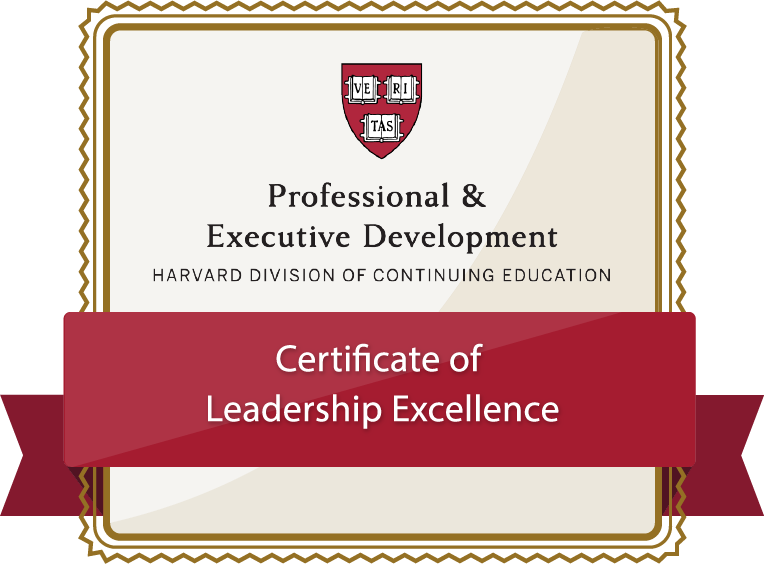Resources:
In a world transformed by globalization, disruptive change, and 24×7 connectivity, agile leadership is more critical than ever. Leaders must move their organizations forward, more quickly than ever. Longer planning horizons are being replaced by rapid prototyping of products, services, and business models. In today’s highly complex environment, the imperative for speed-to-market skills and strategic agility are more pressing than ever.
Topics Covered
- Terms, tools and techniques of agile management
- Structure and management of agile teams
- Managing rapid iteration project cycles
- The agile corporation and its C-suite
- Leading in environments of constant change
https://www.investopedia.com/terms/c/c-suite.asp
Responsibilities at the C-Level
C-level members work in concert to ensure a company’s strategies and operations align with its established plans and policies. With public companies, activities that don't lean toward increased profits for shareholders are routinely corrected under the purview of C-level management personnel.
KEY TAKEAWAYS
- "C-suite" refers to the executive-level managers within a company.
- Common c-suite executives include chief executive officer (CEO), chief financial officer (CFO), chief operating officer (COO), and chief information officer (CIO).
- C-level members work together to ensure a company stays true to its established plans and policies.
- Historically there are more men in C-Suite positions than women.
- C-suite execs often work long hours and have high-stress jobs, but usually, these jobs come with extremely lucrative compensation packages.
Project management professionals define a successful project as not only the one that is completed on time and within budget but also as the one that delivers expected benefits.
Agile best practices
Let’s summarize the best practices Agile sticks to.
Flexibility: The scope of work may change according to new requirements.
Work breakdown: The project consists of small cycles.
Value of teamwork: The team members work closely together and have a clear vision of their responsibilities.
Iterative improvements: There is a frequent reassessment of the work done within a cycle to make the final product better.
Cooperation with a client: A customer is closely engaged in the development and can change the requirements or accept the team’s suggestions.
Agile approach and process
Agile projects consist of a number of smaller cycles. Each one of them is a project in miniature: it consists of design, implementation, testing, and deployment stages within the pre-defined scope of work.
Envision or initiation phase. The first stage within an Agile project management methodology is about identifying the needs of the end customers, setting business objectives, and outlining the desired results. A project manager identifies the right stakeholders and assigns roles across the team.
Speculation or planning phase. The stage has two main goals: breaking the project into milestones and setting timelines. To achieve the first objective, you need at least a general understanding of project functional requirements. The Agile team prioritizes features and estimates how long it will take to develop them. The phase results in creating an execution plan that, unlike in the Waterfall scenario, will further adapt to changes.
Exploration phase. It involves exploring different ways to address project requirements while staying within time and budget constraints. Once the best option is decided on, the team adds a portion of user stories to an iteration plan and proceeds to their development and testing. The exploration phase goes in parallel with the fourth adaptation phase since the team considers customer feedback and learns from the previous experience.
Adaptation phase. This stage is unique to Agile software development. It enables the team to review the results of previous iterations, assess the existing situation, gather customer feedback, and check performance against the execution plan. Then, you can adapt your plans and approaches accordingly, introducing all needed changes and new requirements if there are any.
Closing phase. At the final stage, the team makes sure that the project is completed and meets all updated requirements. The best practice here is to discuss mistakes occurred during the project and areas for improvements to make better decisions in the future.

No comments:
Post a Comment